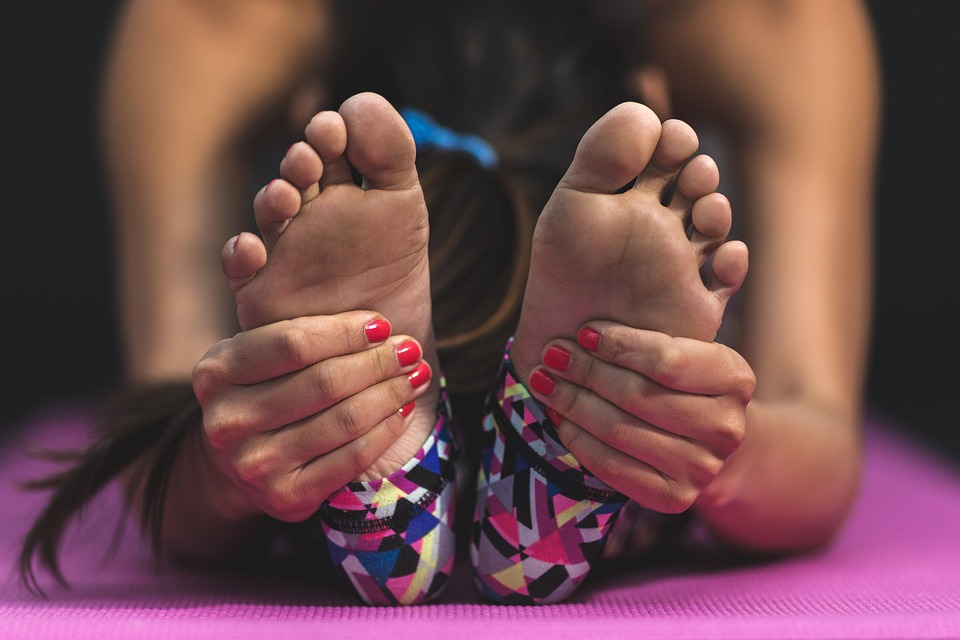
If you suffer from stone bruise heel or stone bruise on the balls of your feet, here is some advice on stone bruise treatment for you.
What Is Stone Bruise?
Stone bruise often known as stone bruise heel are sore spots on the bottom of the feet.
Stone bruise can affect the balls of the feet or the heels and can be quite painful, whether you are a ballet dancer or not.
The condition feels as if there is a stone in the shoe pressing painfully onto the affected area of the foot, hence the name of this ailment, stone bruise.
How Does Stone Bruise Heel Happen In Dancers?
The long bones in the foot that connect with the toes are called the metatarsals. Metatarsalgia is an injury on the underside of one or more metatarsal heads. It most commonly occurs on the second metatarsal.
The undersides of the metatarsophalangeal joints bear the entire weight of your body when you go up on demi-pointe, come down in your jumps, and even when you push off in normal walking.
Unfortunately, these joints can be overused and become bruised. This normally happens from faulty weight distribution across the ball of the foot, or from doing your ballet dancing on hard surfaces.
The metatarsals can drop downwards, spread further apart or move closer together as a result of all the forces of bearing weight. There are other metatarsal conditions that can produce similar pain, for instance, stress fractures or osteonecrosis, so it is always best to seek accurate diagnosis and treatment from a medical professional.
Stone Bruise Treatment
If you get a stone bruise, the best stone bruise treatment types include removing the pressure off the sore spot. A flat and stiff-soled flat shoe that does not bend at the metatarsal joint line like a clog could also be used.
Try to avoid a lot of walking, jumping or stair climbing and stay off demi-pointe when ballet dancing. If you only have a mild condition, you can still do your barre, apart from rises and releves and any other movements in which the heel leaves the floor. Reduce pain and inflammation by applying ice for ten minutes. Padding the foot underneath will also help. You could try placing gel or foam strips on both sides of the stone bruise so that it ‘floats’ above the floor and relieves the pressure.
Padding the foot underneath will also help. You could try placing gel or foam strips on both sides of the stone bruise so that it ‘floats’ above the floor and relieves the pressure.
To prevent stone bruise, do some toe-strengthening exercises to develop the muscles that keep your toes long. Try not to curl the toes when pointing.
When coming down from a jump, control your landings by landing through your foot, and avoid repetitive stomping movements. Avoid staying up on demi-pointe for too long and try to maintain an even distribution of weight across the ball of the foot when on demi-pointe. Avoid prolonged dancing in high heels that put excessive pressure on the balls of the feet.
For more information on foot problems, especially as we age, click here.

